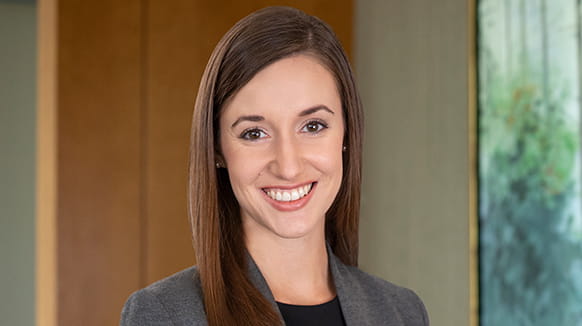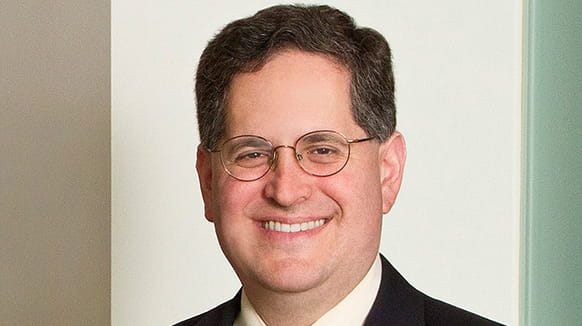In September 2021, the U.S. Patent and Trademark Office (USPTO) announced changes to expand the types of technical qualifications that an applicant must possess to be admitted to the patent bar and allowed to represent patent applicants before the USPTO.
The USPTO’s changes fall into three categories. First, the agency added 14 new qualifying college degrees that automatically entitle an applicant to sit for the patent bar—increasing the number of eligible degrees by nearly half.
Second, the USPTO also allowed master’s and doctoral degrees to qualify—previously only a Bachelor of Science degree was considered sufficient. Third, the agency liberalised the coursework requirements for those relying on technical degrees that do not automatically qualify, adding biology to chemistry and physics as permitted supplemental courses and requiring only one class with a lab component rather than two.
Changing times
The impetus for these changes was a letter to the USPTO that was sent by U.S. Senators Thom Tillis, Chris Coons, and Mazie Hirono that contended that outdated standards were unnecessarily excluding women from the patent bar, as they comprise only 18% of the patent bar.
Their letter prominently cited a 2020 study by then-patent agent and law student Mary Hannon, titled “The Patent Bar Gender Gap: Expanding the Eligibility Requirements to Foster Inclusion and Innovation in the US Patent System.”
This influential paper recommended making several reforms (including all those that the USPTO ultimately adopted) to close the gender gap.
Excerpted from World IP Review. To read the full article, click here.

